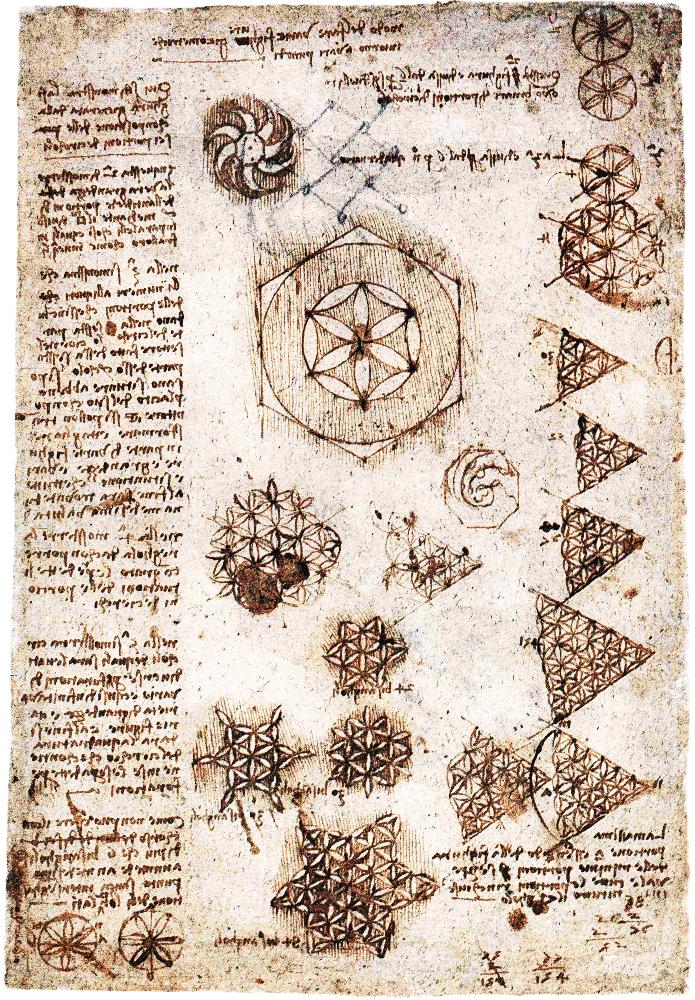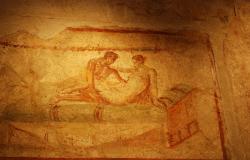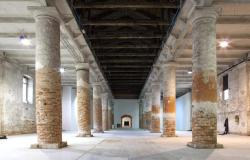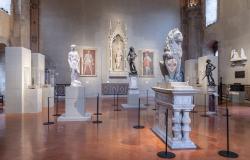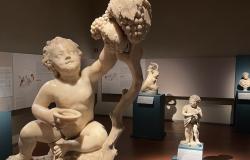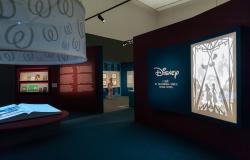A 12-volume collection of work by Leonardo da Vinci is being unbound and the 'notebook' of the Renaissance genius will go on show at two separate locations in Milan later this year.
The Codex Atlanticus will be separated into a bundle of loose pages, each of which will each be displayed in rotation.
The Ambrosiana Library, which has stored the collection for 350 years, and the Santa Maria delle Grazie Church, home to Leonardo's renowned masterpiece, The Last Supper, have been chosen to showcase the pages.
The codex is the largest collection of Leonardo's drawings and writings, exploring his insights and ingenious ideas on a vast array of subjects, such as flying, mathematics, botany, weaponry, astronomy and architecture.
It was originally assembled in the late 16th century by the sculptor Pompeo Leoni, who dismembered a number of existing Leonardo notebooks in the process.
He gathered nearly 1,120 scraps of paper onto 402 pages, which he then bound into a single, enormous volume.
A controversial restoration project of 1968-1972 split the codex into 12 leather-bound parts in efforts to help preserve it.
Plans to dismantle the work were announced in October of last year by the Ambrosiana Library, home to the codex since 1637 with the exception of 20 years in France.
''The pages were mounted on the blank sheets of 12 volumes, which altered their edges for ever,'' explained the world's top Leonardo expert, Carlo Pedretti, who recently endorsed the decision to dismantle the codex.
''And that's to say nothing of the damage caused to the writing and drawings, which were weakened by submerging the pages in water and alcohol and then badly touched up by 'restorers'''.
He added: ''The Codex Atlanticus was ruined when its pages were first assembled into 12 volumes. Separating it now can only improve its conservation and make it easier to display at exhibitions''.
The codex is already being taken apart and pages will start appearing in special display cases at each location this autumn.
The Codex Atlanticus has been the centre of intense academic interest over the last 18 months.
The debate over whether to dismantle the codex came shortly after an alarm over the appearance of worrying black marks on the pages, which some feared was mould.
However, a 10-month study concluded that the stains, first spotted in December 2007, had been caused by mercury salts added as a disinfectant to protect the codex from bacterial damage.
It also said the marks were not on the pages of the codex itself but on paper added during the 1970s restoration to support the original pages.
The Codex Atlanticus, so named because of its size, was last exhibited publicly in 1998.
